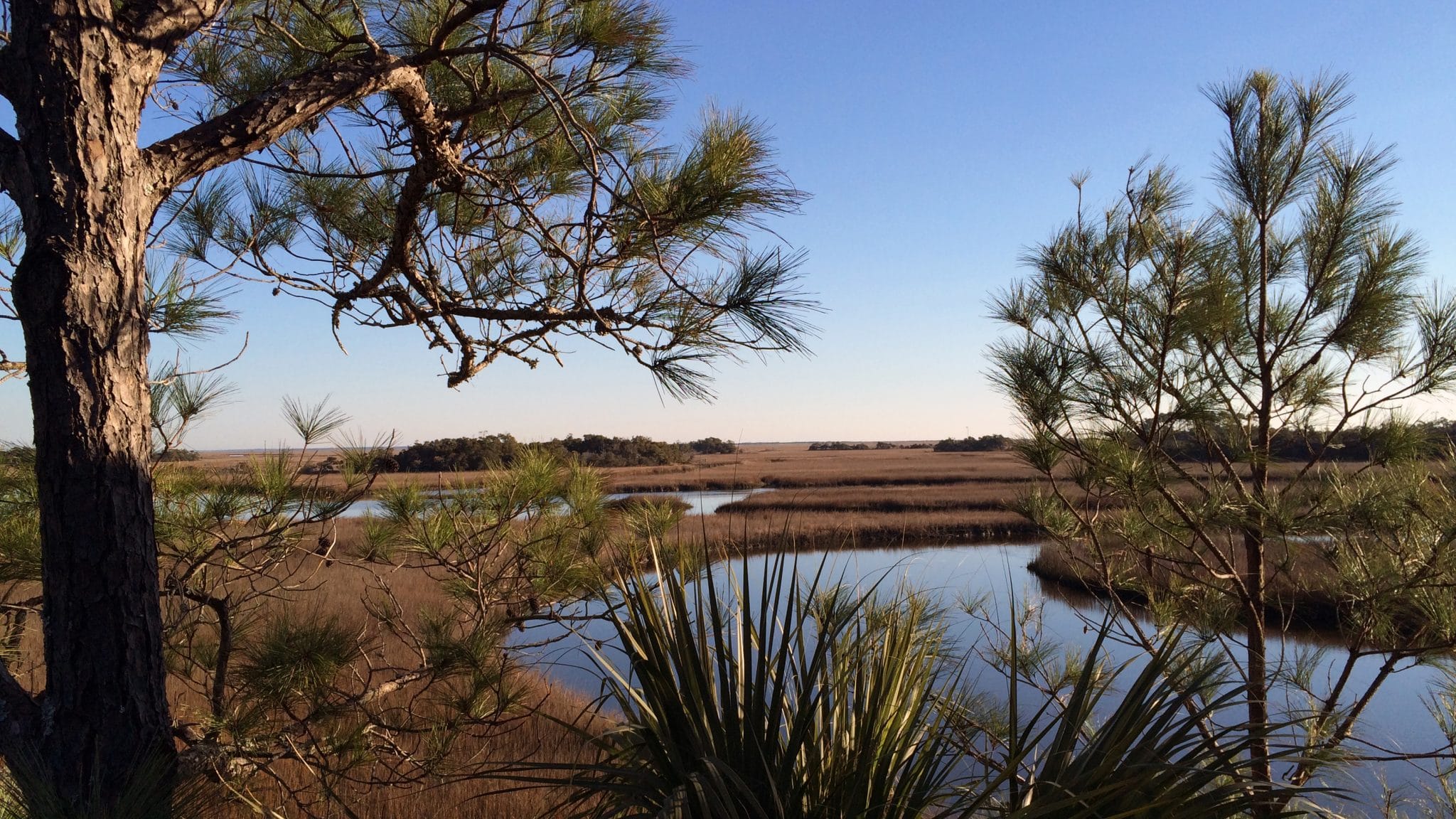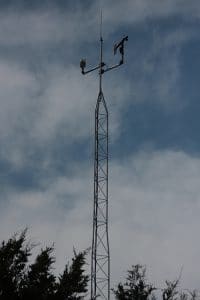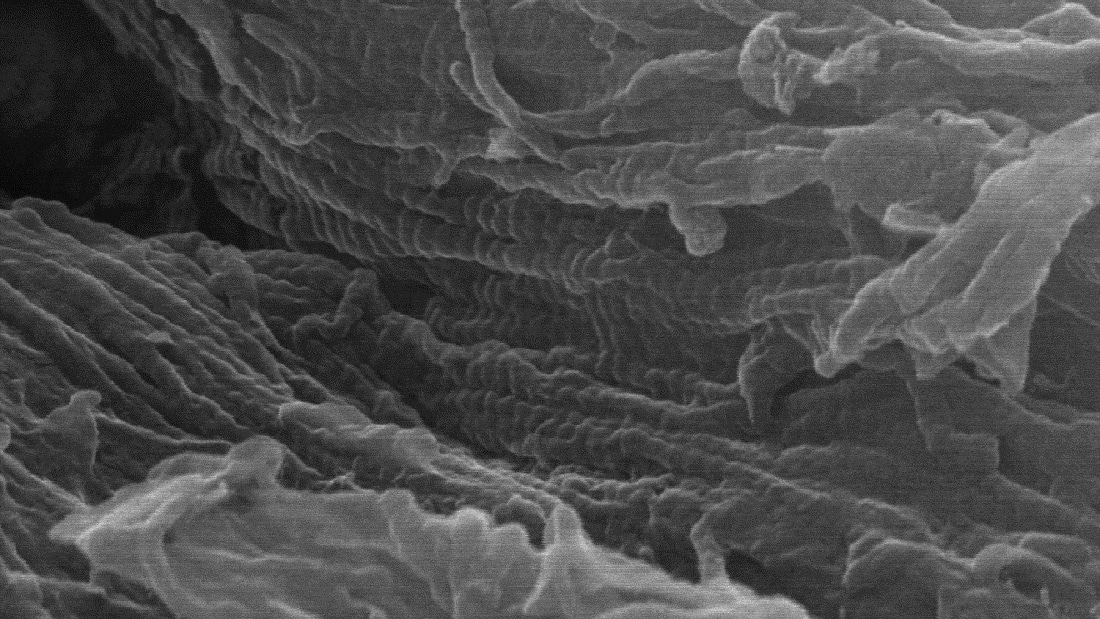The Nature of an Island

Bald Head Island now has its own weather station, thanks to a gift to the College of Sciences Foundation that promotes research partnerships between the university and local conservationists.
The 32-foot-tall station, which opened in September, contains a variety of instruments that provide real-time weather data. The data will help researchers make valuable observations about the natural forces that shape the island’s climate and environment.

“This station is a tremendous asset for both residents of the island and researchers who will be able to use it to gather valuable weather and climate data,” said Ryan Boyles, NC State extension associate professor and director of the State Climate Office, which is part of the College.
The station was funded as part of a $100,000 gift from Sciences Distinguished Alumna Cathy Sigal, a former chair of the College of Sciences Foundation Board of Directors. The fund is designed to encourage collaborative research on the island between Sciences faculty and the Bald Head Island Conservancy, a nonprofit that works to protect and preserve the island. Researchers with relevant projects can request grant money from the fund to get their projects started, with the goal of producing broadly applicable work that will later secure additional outside funding.
Bald Head Island, a barrier island bordered by the Cape Fear River and the Atlantic Ocean, is the southernmost point in North Carolina and features a unique, 170-acre maritime forest. The island’s location makes it vulnerable to hurricanes and other meteorological events, which affect both the residents and the island’s dunes and inland habitats.
The island is also home to a variety of wildlife species, including sea turtles and more than 250 species of birds, and the weather data this station is gathering will help researchers assess the connections between the activity of these species and weather and climate. It will also help provide a broader perspective on the effects of climate change and sea-level rise on this ecosystem.
Visitors to the conservancy can keep up with information from the weather station through a lobby display. The data are also available online for scientists and the public, and the conservancy offers courses for the public that take advantage of the data.
Several other projects are already underway using the new grant funding, including the installation of 3-D geographic information system (GIS) modeling technology at the conservancy to simulate the impact of drastic geographic and meteorological events, such as sea-level rise and severe storms, on the island. Another project is conducting a water quality study in Bald Head Creek to help researchers understand the chemistry of the organic carbon that flows out of the creek.
“NC State researchers are excited to work with the Bald Head Island Conservancy on innovative research to benefit this unique island and other similar ecosystems,” Boyles said. “We’re grateful for this generous gift that has given us the resources to drive this research forward.”


